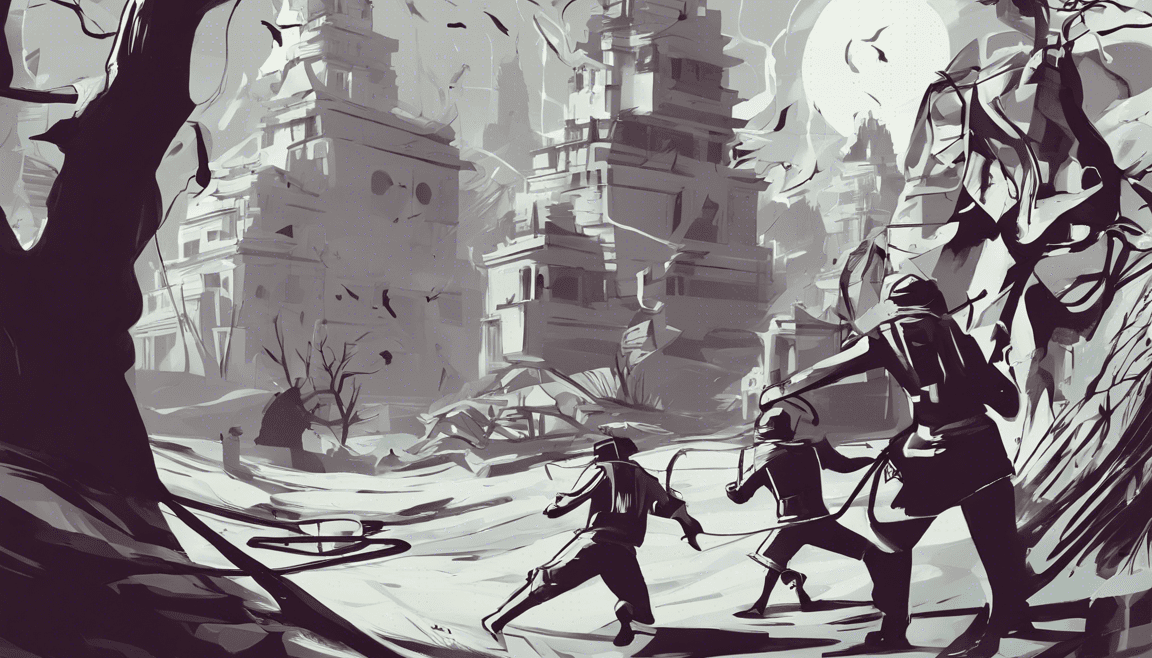The Chauri Chaura incident, which took place on February 4, 1922, in the town of Chauri Chaura in the Gorakhpur district of Uttar Pradesh, India, is a significant event in the country’s struggle for independence from British colonial rule. This incident marked a crucial turning point in the Indian freedom movement, leading to a change in Mahatma Gandhi’s non-violent approach to the struggle for independence.
Background:
The incident occurred against the backdrop of the Non-Cooperation Movement launched by Mahatma Gandhi in 1920. The movement aimed to peacefully resist British rule through non-cooperation with the government and its institutions. The movement garnered massive support from Indians across the country, who boycotted educational institutions, courts, and British goods.
The Incident:
On February 4, 1922, a large group of protesters gathered outside the Chauri Chaura police station to demonstrate against the British colonial government. The protesters were met with a heavy police presence, which led to a tense standoff. During the confrontation, the situation escalated, and the police opened fire on the protesters, resulting in the death of several demonstrators.
Enraged by the violence, the protesters retaliated by setting fire to the police station, which resulted in the deaths of 22 police officers. The incident shocked Mahatma Gandhi, who was a staunch advocate of non-violence, and he immediately called off the Non-Cooperation Movement as a result of the violence that occurred at Chauri Chaura.
Impact:
The Chauri Chaura incident had far-reaching consequences for the Indian independence movement. The incident highlighted the challenges and risks associated with maintaining a non-violent approach in the face of British repression. Mahatma Gandhi, who had always emphasized the importance of ahimsa (non-violence) in the struggle for independence, realized that the Indian masses were not yet ready for such a stance.
As a result of the incident, Gandhi suspended the Non-Cooperation Movement, acknowledging that more work needed to be done in educating the Indian population on the principles of non-violence. The incident also led to a shift in Gandhi’s tactics, as he began to focus more on constructive programs like the promotion of self-reliance through the spinning wheel (charkha) and the upliftment of the Harijans (Dalits).
Lessons Learned:
The Chauri Chaura incident served as a lesson for both the Indian freedom fighters and the British colonial government. For the Indians, it underscored the importance of discipline and restraint in their struggle for independence. It also highlighted the need for unity and proper organization to prevent such violent outbursts in the future.
On the other hand, the British colonial government realized that repression alone was not enough to quell the growing unrest in India. The incident brought international attention to the Indian freedom movement and put pressure on the British to address the grievances of the Indian population.
FAQ Section:
- What was the Non-Cooperation Movement led by Mahatma Gandhi?
-
The Non-Cooperation Movement was a peaceful resistance campaign launched by Mahatma Gandhi in 1920 against British colonial rule in India. It aimed to boycott British institutions and goods as a form of non-violent protest.
-
Why was the Chauri Chaura incident considered a turning point in Indian history?
-
The Chauri Chaura incident marked a shift in Mahatma Gandhi’s approach to the struggle for independence and highlighted the challenges of maintaining non-violence in the face of repression.
-
How did the Chauri Chaura incident impact the Indian independence movement?
-
The incident led to the suspension of the Non-Cooperation Movement and prompted a reevaluation of tactics by both the Indian freedom fighters and the British colonial government.
-
What lessons were learned from the Chauri Chaura incident?
-
The incident emphasized the importance of discipline, restraint, and unity in the Indian freedom movement and highlighted the need for the British government to address the grievances of the Indian population.
-
What constructive programs did Mahatma Gandhi focus on after the Chauri Chaura incident?
-
Following the incident, Gandhi focused on promoting self-reliance through the spinning wheel (charkha) and working towards the upliftment of the Dalit community.
-
How did the Chauri Chaura incident impact Mahatma Gandhi’s approach to the freedom movement?
- The incident made Gandhi realize the challenges of maintaining non-violence and led him to focus more on educating the Indian population on the principles of ahimsa.
In conclusion, the Chauri Chaura incident stands as a defining moment in Indian history, reminding us of the complexities and sacrifices involved in the struggle for independence. It serves as a lesson on the importance of peaceful resistance, unity, and the continuous pursuit of justice and equality.


